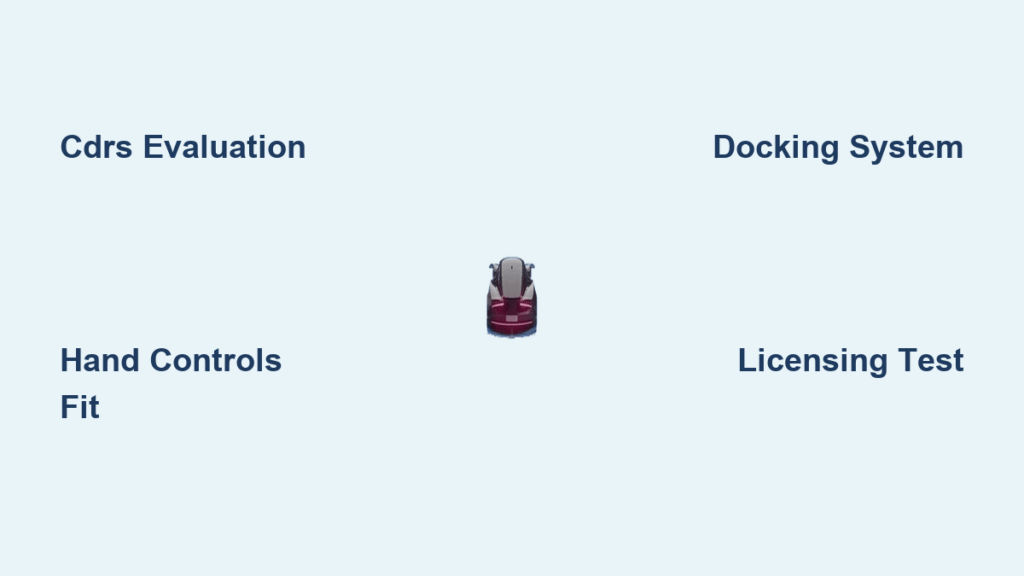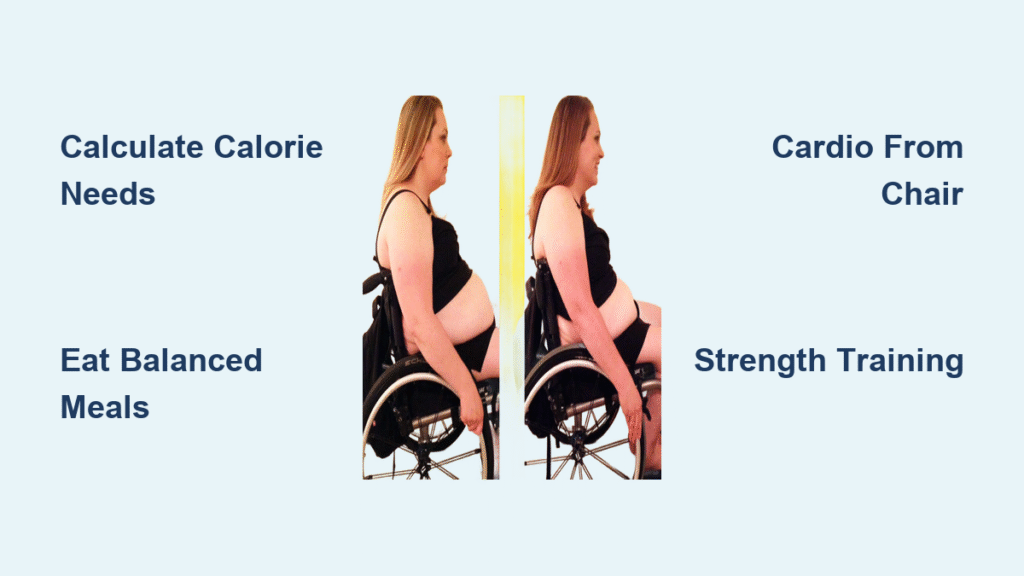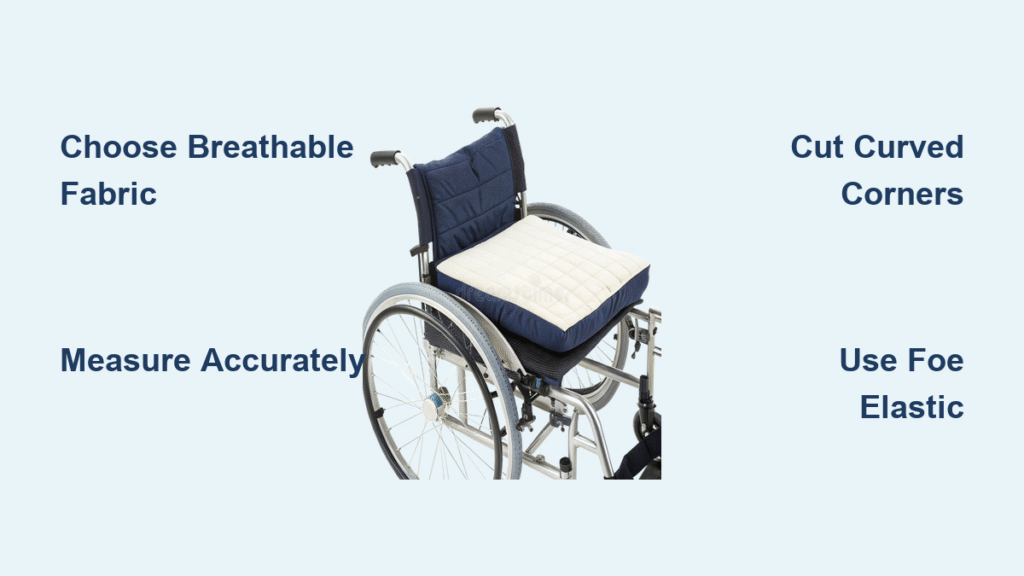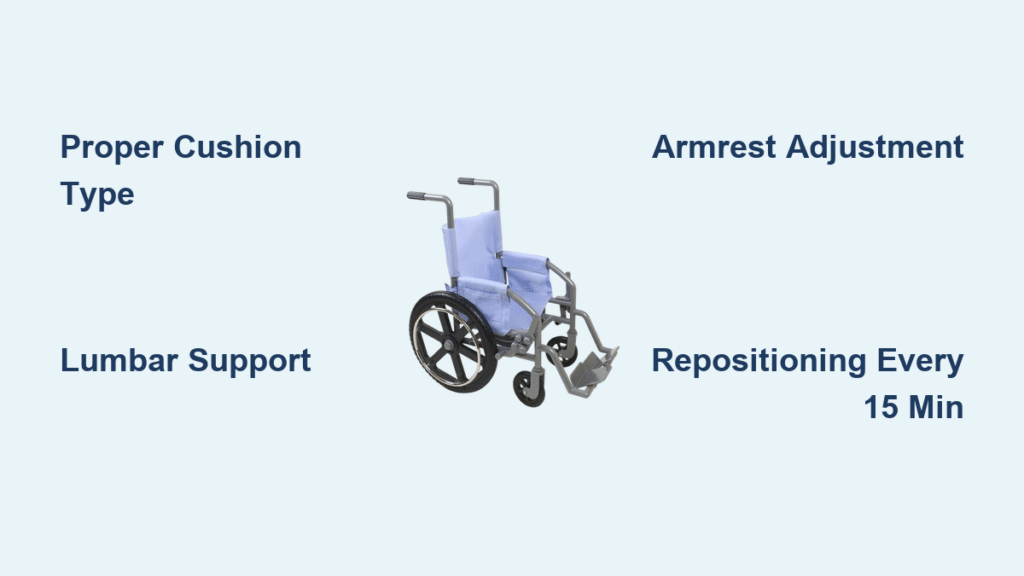Imagine rolling into your garage knowing you can drive yourself to work without waiting for rides or coordinating schedules. For wheelchair users, this independence isn’t a fantasy—it’s a reality made possible through specialized adaptive driving solutions. Millions of people with mobility impairments legally operate vehicles daily, but the path to driving freedom involves unique equipment, professional assessments, and vehicle modifications most drivers never consider. How do wheelchair users drive? The answer combines cutting-edge technology with personalized adaptations that transform standard cars into accessible transportation. This guide cuts through the confusion to show exactly how wheelchair drivers achieve independence, from critical safety assessments to the hand controls that replace foot pedals—all verified through certified specialists and real-world driver experiences.
Why Professional Driving Assessments Beat DIY Modifications Every Time
Skipping professional evaluations might save money upfront but risks catastrophic safety failures. Certified Driver Rehabilitation Specialists (CDRS) conduct 2-4 hour clinical and road assessments ($200-$400) that medical professionals require before adaptive equipment prescriptions. This isn’t just paperwork—it’s your safety blueprint.
The CDRS Evaluation Process You Can’t Skip
Your physician must first confirm medical readiness, checking spasticity control and medication safety. Then a CDRS tests your vision, reaction time, strength, and cognitive function while simulating adaptive controls. Only after this clinical assessment do you receive a prescription for specific equipment matching your physical capabilities. Attempting to self-diagnose your needs often leads to dangerous mismatches—like installing push-pull hand controls when you actually require push-twist mechanisms due to limited finger function.
Hidden Dangers of DIY Hand Control Installations
While online hand controls cost as little as $150, improper installation causes preventable accidents. Insurance companies routinely deny claims for DIY modifications, and state licensing departments reject uncertified adaptations. One mobility dealer warns: “I’ve seen people wreck because they just shouldn’t be driving with that setup.” Without professional calibration, hand controls can jam during emergency braking or fail to disengage properly. If you lack mechanical expertise or certified installer access, the minimal cost savings aren’t worth risking lives.
Drive-From-Wheelchair Vehicles: Your Chair Becomes the Driver’s Seat

These specialized vehicles let you drive while remaining securely in your wheelchair—eliminating transfer struggles. They’re ideal for users with complex seating needs or limited upper body strength, but require precise setup to operate safely.
How Auto-Docking Systems Lock Your Wheelchair in Place
QLK-150 or EZ Lock docking systems use electric locking pins that automatically secure your wheelchair base to the vehicle floor. For this to work, your chair width must align perfectly with the docking channels—measure carefully before purchasing. The process starts with a hands-free remote that opens doors, deploys ramps, and positions your chair. Once locked, push-pull or push-twist hand controls replace foot pedals directly beside your seated position. Crucially, battery backup systems maintain operation during power failures.
Must-Have Safety Features for Hands-Free Operation
Never compromise on fail-safe mechanisms. Every drive-from-wheelchair vehicle requires manual overrides for doors and ramps in case electronics fail. Emergency fire suppression systems are non-negotiable for high-risk medical equipment. Multi-driver compatibility is possible through sliding passenger seats and dual docking points, but always verify your specific wheelchair model fits the securement specifications. Without these features, you’re gambling with emergency egress during accidents.
Internal Transfer Vehicles: Moving from Wheelchair to Car Seat
If you can transfer independently, these vehicles offer greater flexibility at lower costs. You wheel into the vehicle, secure your wheelchair, then move to a modified driver seat—preserving standard vehicle functionality when others drive.
Swivel Seats That Make Transfers Possible on Tough Days
Swivel-and-slide seats rotate outward and extend toward your wheelchair, minimizing transfer distance. Look for models with powered operation activated by remote control—critical on days when fatigue or pain reduces mobility. Transfer success depends on consistent upper body strength; if your wheelchair has pressure-relief seating, transferring may compromise its medical function. Always test transfer mechanics during “bad day” simulations at mobility expos before committing.
When Transfer Vehicles Won’t Work for Your Wheelchair Type
This configuration fails if your chair has custom contoured seating or complex pressure management. Securing the wheelchair requires manual or powered tie-downs operated independently, which becomes impossible during sudden medical episodes. Emergency egress demands quick access to wheelchair release mechanisms—a challenge during panic situations. If transfers feel unreliable even with aids, drive-from-wheelchair setups provide safer continuity of care.
Power Transfer Seats: The Budget-Friendly Middle Ground

Rear-entry vehicles with power transfer seats deliver 80% of the independence at 10% of the cost. These systems ($3,000-$7,000) work by moving the driver seat to meet your wheelchair—ideal for users who transfer but need mechanical assistance.
How Rear-Entry Vehicles Save Thousands Without Sacrificing Independence
After entering via rear ramp, a remote control slides the driver seat backward beside your wheelchair. Transfer occurs with minimal effort, then the seat returns to driving position. Unlike full conversions, these maintain standard seating for other drivers and require only rear clearance (not 8-foot side space). They’re perfect for narrow urban parking but incompatible with side-entry needs. Crucially, verify your garage height clearance—some conversions add roof racks that cause garage door collisions.
Hand Controls That Actually Match Your Strength and Mobility
Generic hand controls cause more accidents than they solve. Professional fitting ensures mechanisms align with your specific grip strength and range of motion—turning dangerous compromises into seamless operation.
Push-Pull vs. Push-Twist: Which Hand Control Fits Your Grip?
Push-pull controls (most common) require firm hand closure for braking. If arthritis or spinal cord injury limits grip, push-twist mechanisms let you brake by rotating the lever. Electronic systems activate with minimal finger pressure but require battery backups. Always test controls during CDRS evaluations—what looks intuitive may strain muscles during daily commutes. Spinner knobs for one-handed steering come in tri-pin designs for zero finger function or palm grips for limited dexterity.
Low-Effort Steering Solutions for Limited Upper Body Strength
Reduced-effort steering gearboxes and brake boosters cut operating force by 60-70%. These aren’t add-ons but integrated vehicle modifications requiring specialist installation. During assessments, technicians measure your maximum push/pull strength to calibrate resistance levels. Underestimating this leads to fatigue-induced errors on long drives—a leading cause of adaptive driver accidents.
Passing Your Licensing Test with Adaptive Equipment
State licensing tests for wheelchair drivers follow standard maneuvers but add critical adaptive control demonstrations. Passing requires both driving skill and equipment proficiency—no exceptions.
What the Road Test Examiner Really Checks for Adaptive Drivers
Examiners verify you can operate all adaptive devices while maintaining traffic awareness. They’ll deliberately trigger scenarios requiring simultaneous hand control use and secondary functions (like activating turn signals via touch pads). Most failures occur during parallel parking due to delayed reaction times from non-standard controls. Practice emergency stops until muscle memory takes over—examiners watch for hesitation when switching between acceleration and braking levers.
Real Driver Tips: What No One Tells You About Wheelchair Driving
Years of trial-and-error have produced hard-won wisdom that transforms stressful adaptations into seamless independence. These insights come straight from drivers who’ve navigated every pitfall.
Avoid These 3 Costly Mistakes When Choosing Your Vehicle
First, never buy based solely on price—ultra-wide wheelchairs often don’t fit “budget” docking systems. Second, ignore parking realities at your home and workplace; side-entry vans need 8-foot clearance alongside the vehicle. Third, skip annual maintenance on hydraulic ramps—a single malfunction can strand you mid-transfer. Attend Abilities Expo to test-drive configurations: “Don’t let words like ‘accessible’ suck the soul out of your automotive fantasies,” advises one veteran driver. “Evaluations and hand controls are just the means to driving freedom.”
The journey to wheelchair driving independence starts with a single step: scheduling your CDRS evaluation. This $200-$400 investment prevents thousands in wrong choices while mapping your exact path to licensure. Measure your wheelchair width, garage dimensions, and regular parking spots before contacting NMEDA QAP-certified dealers. Explore funding through VA grants, vocational rehabilitation, or United Spinal Association scholarships—many cover 50-100% of costs. Within 2-6 months of starting assessments, you’ll experience the freedom millions take for granted: turning the key, gripping your adapted controls, and driving yourself wherever life takes you. That first solo drive isn’t just transportation—it’s reclaiming autonomy, one mile at a time.

